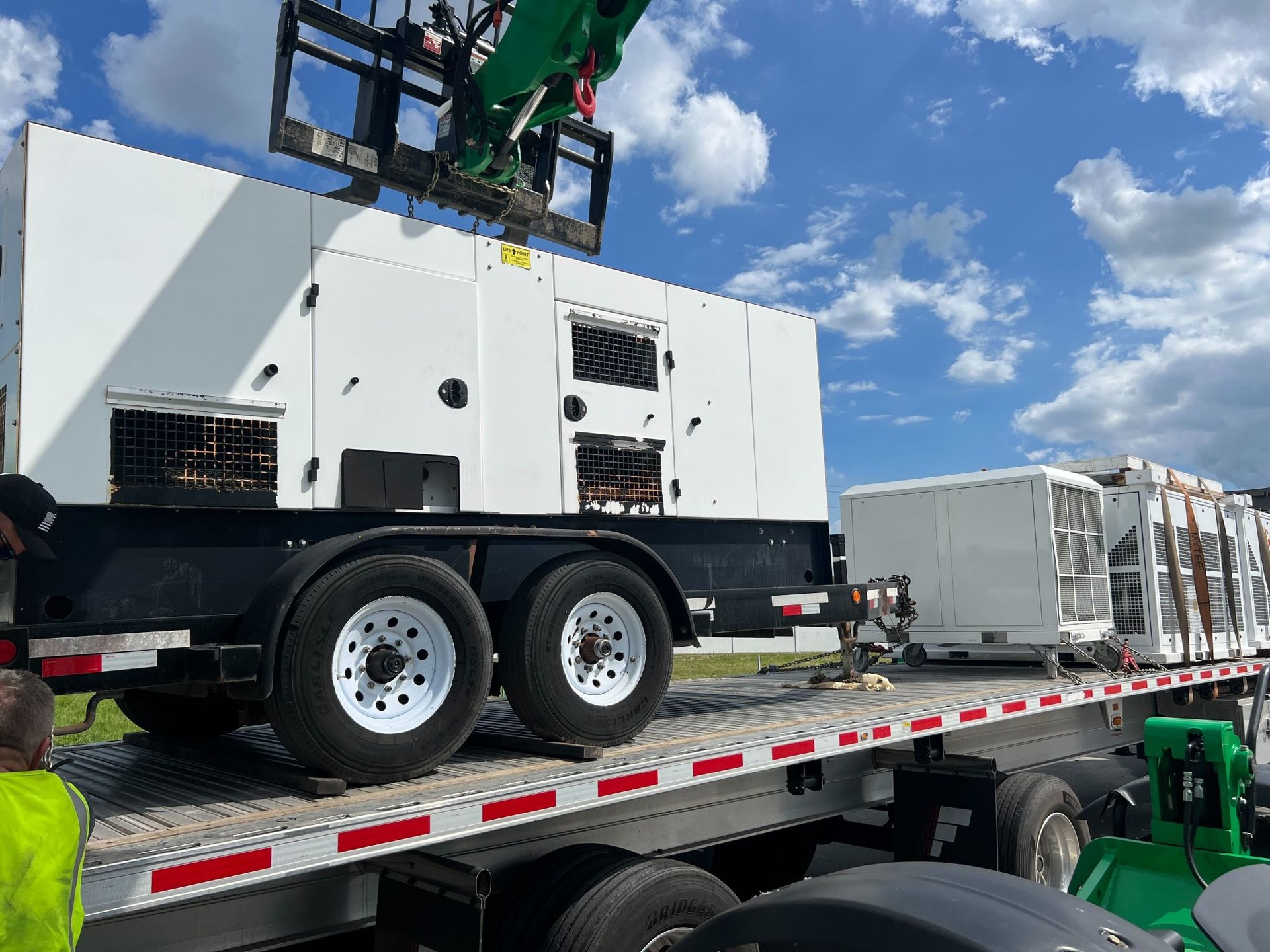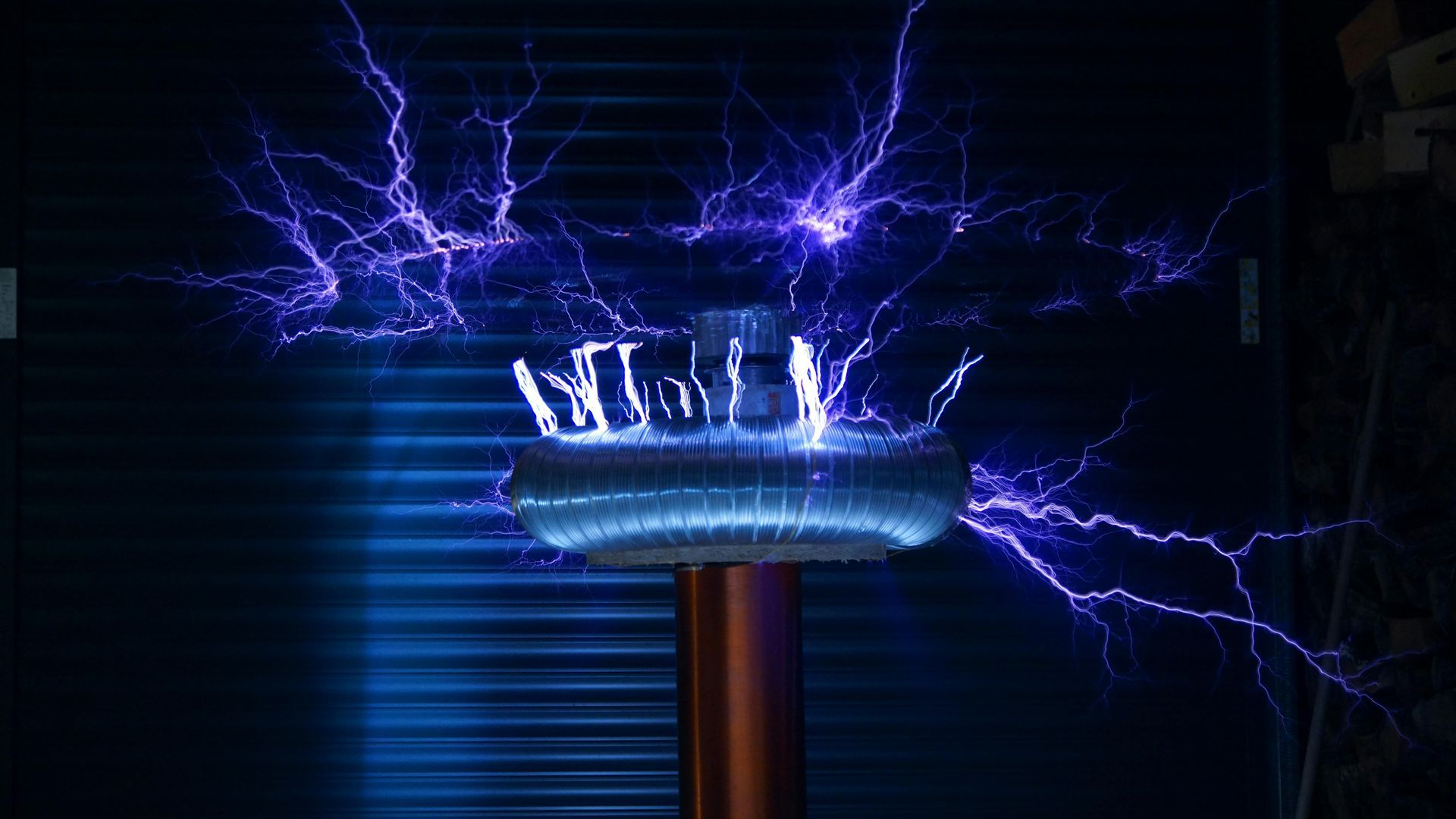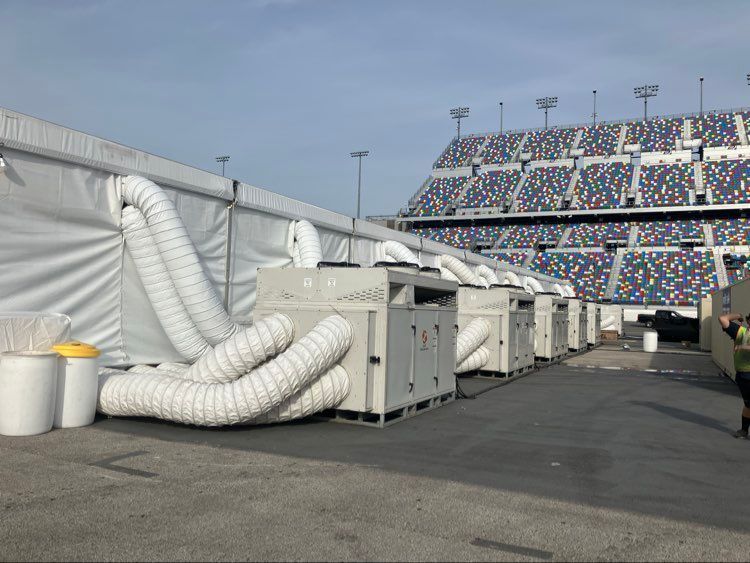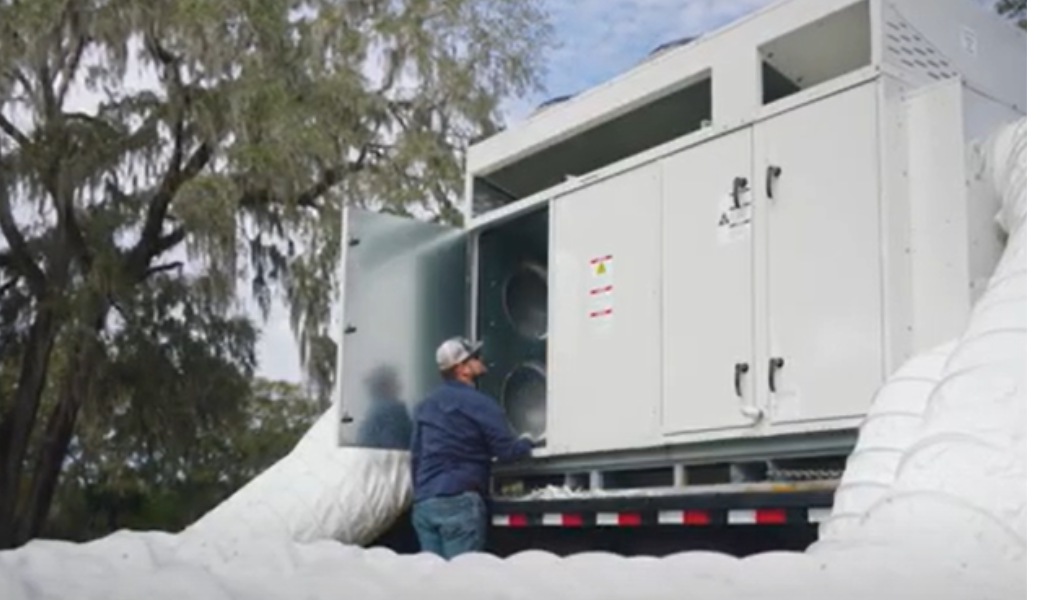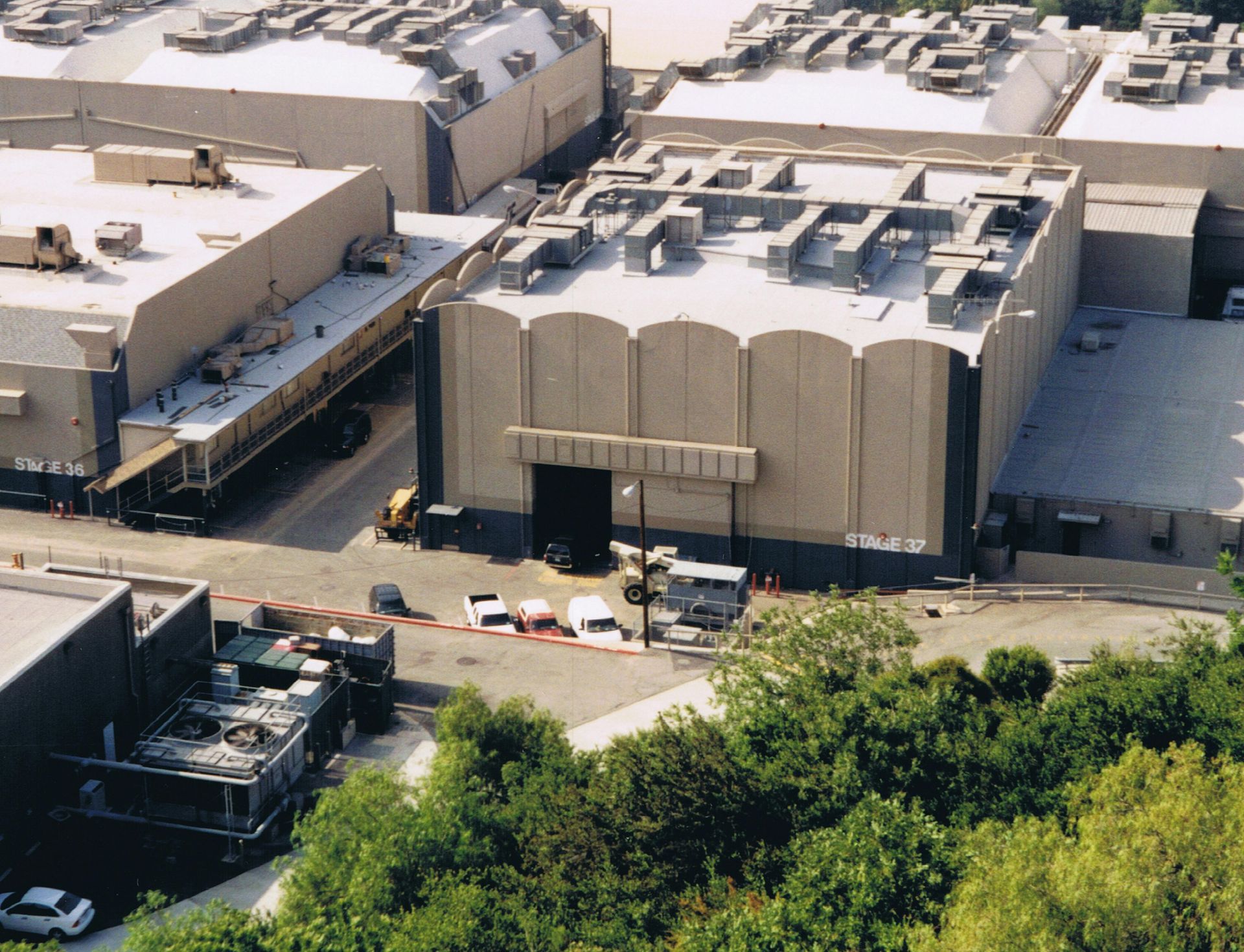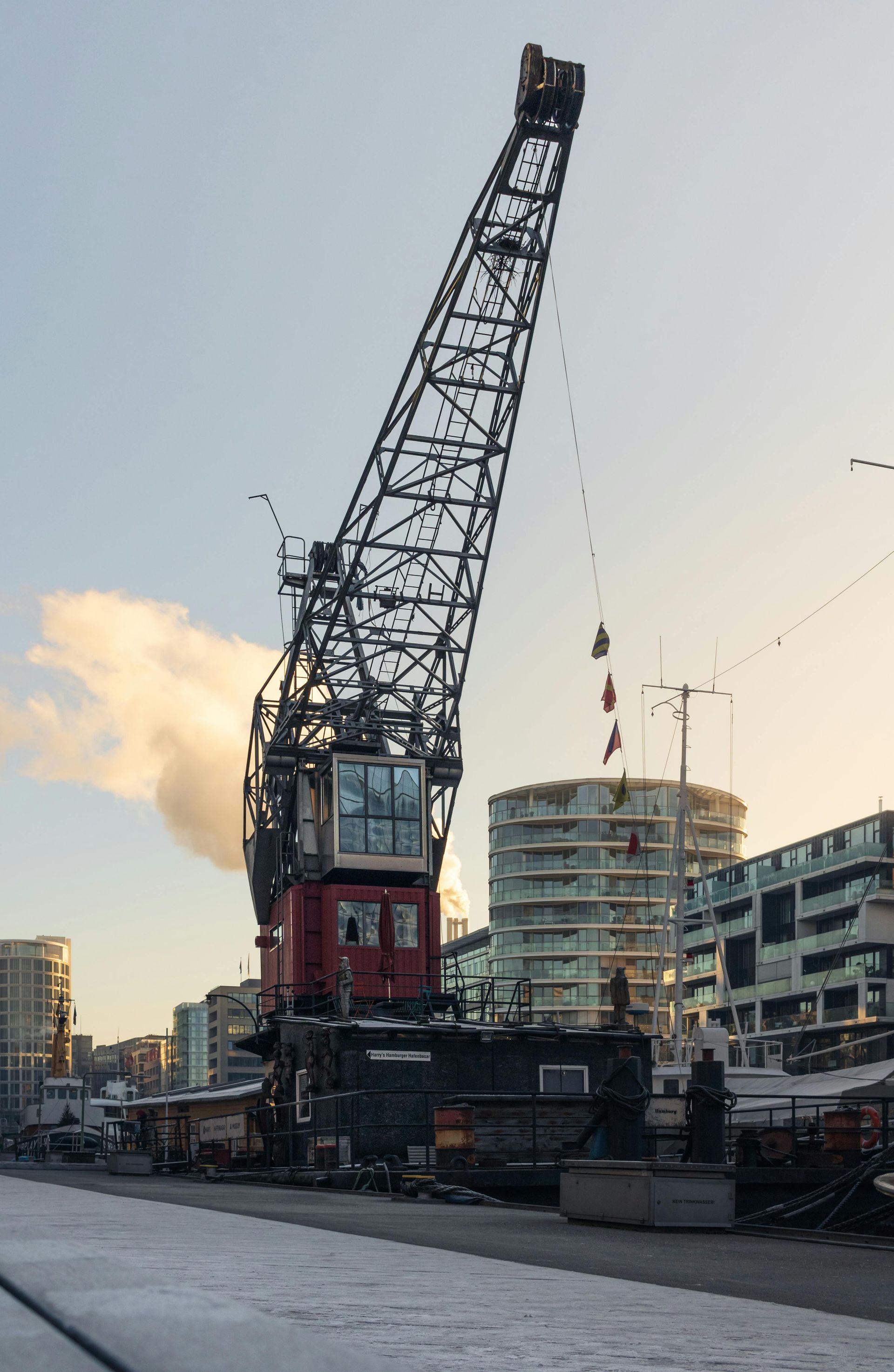Checklist for Emergency Preparedness in Hospitals or Data Centers
Checklist for Emergency Preparedness in Hospitals or Data Centers
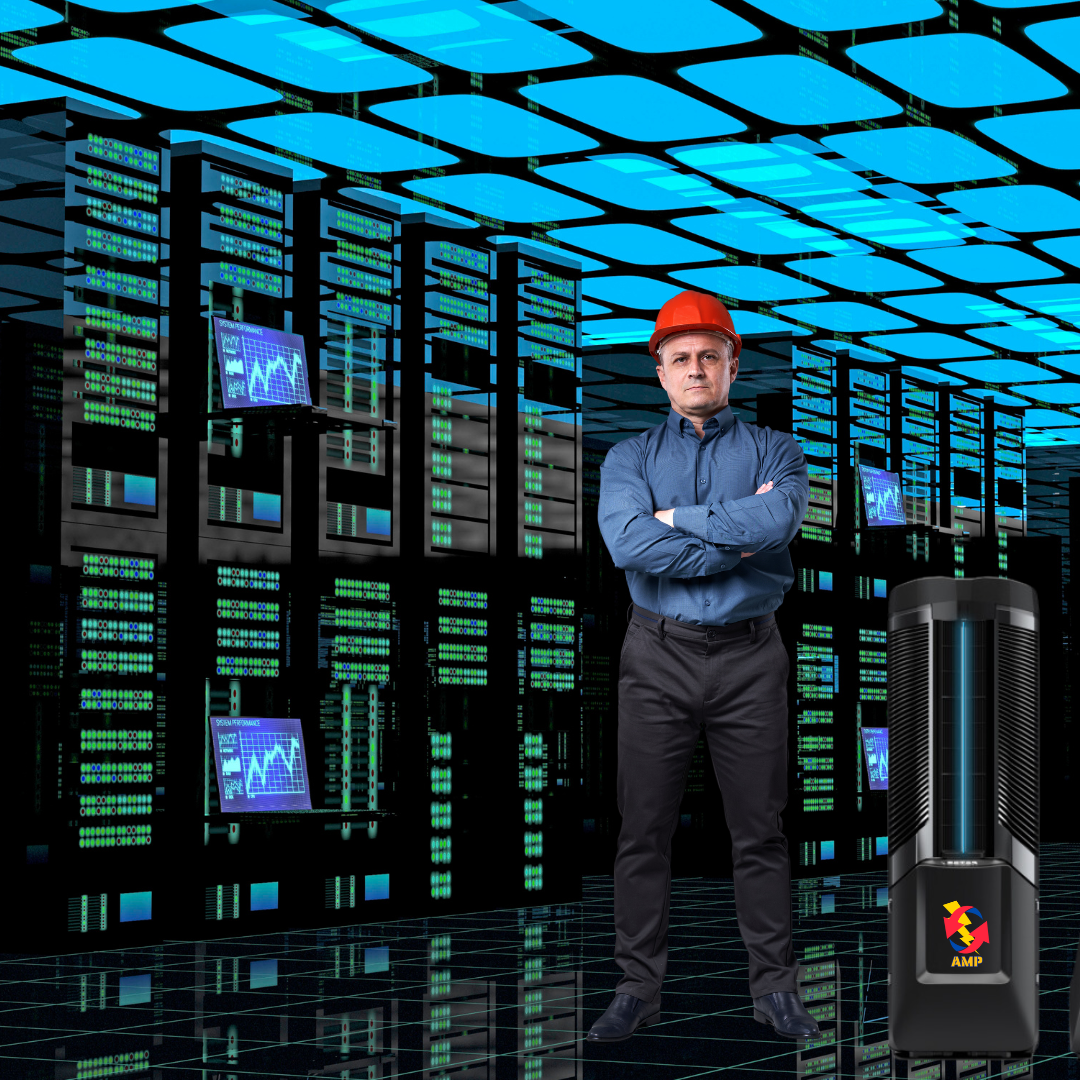
Preparing for potential storm blackouts is crucial for maintaining operations in hospitals and data centers. Use this checklist to identify the necessary generators, portable HVAC units, and other essential supplies.
1. Assessment of Power Needs
- Evaluate Total Power Load:
- Calculate the total wattage/kw needed to run critical systems (medical equipment, servers, lighting, HVAC, etc.).
- Identify non-essential systems that can be powered down during a blackout.
- Backup Generator Requirements:
- Determine the total kilowatts (kW) required.
- Consider redundancy (N+1 or N+2 configuration).
- Formula: Total kW=(Total Load in kW)×(Redundancy Factor)\text{Total kW} = (\text{Total Load in kW}) \times (\text{Redundancy Factor})Total kW=(Total Load in kW)×(Redundancy Factor)
- Example: For a total load of 2000 kW with N+1 redundancy: 2000×2=4000kW2000 \times 2 = 4000 \text{kW}2000×2=4000kW
- Number of Generators Needed:
- Based on generator capacity (e.g., 1000 kW per generator).
- Formula: Number of Generators=Total kWGenerator Capacity in kW\text{Number of Generators} = \frac{\text{Total kW}}{\text{Generator Capacity in kW}}Number of Generators=Generator Capacity in kWTotal kW
- Example: 4000kW1000kW/generator=4Generators \frac{4000 \text{kW}}{1000 \text{kW/generator}} = 4 \text{Generators}1000kW/generator4000kW=4Generators
2. Assessment of Cooling Needs
- Calculate Cooling Load:
- Assess BTU/hr requirements for cooling essential areas.
- Convert BTU/hr to Tons (1 Ton = 12,000 BTU/hr).
- Formula: Total Tons=Total BTU/hr12,000\text{Total Tons} = \frac{\text{Total BTU/hr}}{12,000}Total Tons=12,000Total BTU/hr
- Example: For 1,200,000 BTU/hr: 1,200,00012,000=100Tons \frac{1,200,000}{12,000} = 100 \text{Tons}12,0001,200,000=100Tons
- Determine Portable HVAC Units Needed:
- Based on unit capacity (e.g., 10 Tons per unit).
- Formula: Number of Units=Total TonsUnit Capacity in Tons\text{Number of Units} = \frac{\text{Total Tons}}{\text{Unit Capacity in Tons}}Number of Units=Unit Capacity in TonsTotal Tons
- Example: 100Tons10Tons/unit=10Units \frac{100 \text{Tons}}{10 \text{Tons/unit}} = 10 \text{Units}10Tons/unit100Tons=10Units
- Identify Placement and Distribution:
- Map out critical areas requiring cooling.
- Ensure even distribution to avoid hot spots.
3. Additional Supplies and Considerations
- Fuel Storage:
- Estimate fuel consumption rate for generators.
- Secure sufficient fuel storage for at least 72 hours of continuous operation.
- Establish fuel resupply contracts.
- Electrical Distribution:
- Verify existing electrical infrastructure can support additional load.
- Procure necessary switchgear, transfer switches, and cables.
- Ventilation and Exhaust Systems:
- Ensure proper ventilation for generator exhaust.
- Check compliance with local regulations.
- Portable Sanitation Facilities:
- Assess the number of portable toilets and handwashing stations needed for staff and visitors.
- Arrange regular servicing and waste removal.
- Emergency Lighting:
- Install battery-operated or generator-powered emergency lighting.
- Communication Systems:
- Ensure backup communication systems (satellite phones, two-way radios).
- Establish a communication plan for staff and emergency responders.
- Safety and Compliance:
- Ensure all equipment complies with safety regulations and standards.
- Conduct regular drills and training sessions for staff.
4. Implementation and Testing
- Installation and Commissioning:
- Schedule professional installation of generators and HVAC units.
- Conduct thorough testing and commissioning of all equipment.
- Regular Maintenance and Inspections:
- Set up a maintenance schedule for generators and HVAC units.
- Perform regular inspections to ensure operational readiness.
- Review and Update Plan:
- Periodically review and update your emergency preparedness plan.
- Incorporate lessons learned from drills and actual events.
By following this checklist, hospitals and data centers can ensure they have the necessary power and cooling solutions in place to maintain operations during storm-related blackouts, safeguarding both equipment and patient/staff well-being.
If the prospect of preparing for the upcoming storm season seems daunting, rest assured that such a reaction is completely normal. The volume of information to digest and the preparations to undertake can indeed be substantial. However, it’s worth noting that one can never be too prepared for a storm season that recurs annually. We highly recommend establishing a relationship with a reputable company that provides on-site service technicians. These professionals can visit your facility, assess your specific needs, and provide a detailed quote. This proactive approach ensures that you are well-prepared for the storm season with all the necessary equipment, such as generators and portable A/C units, strategically positioned on-site. By entrusting this aspect of storm season preparation to experts, you can free up your time and energy to concentrate on other critical operations within your data center or hospital. This approach not only enhances your preparedness but also promotes peace of mind as the storm season approaches.
